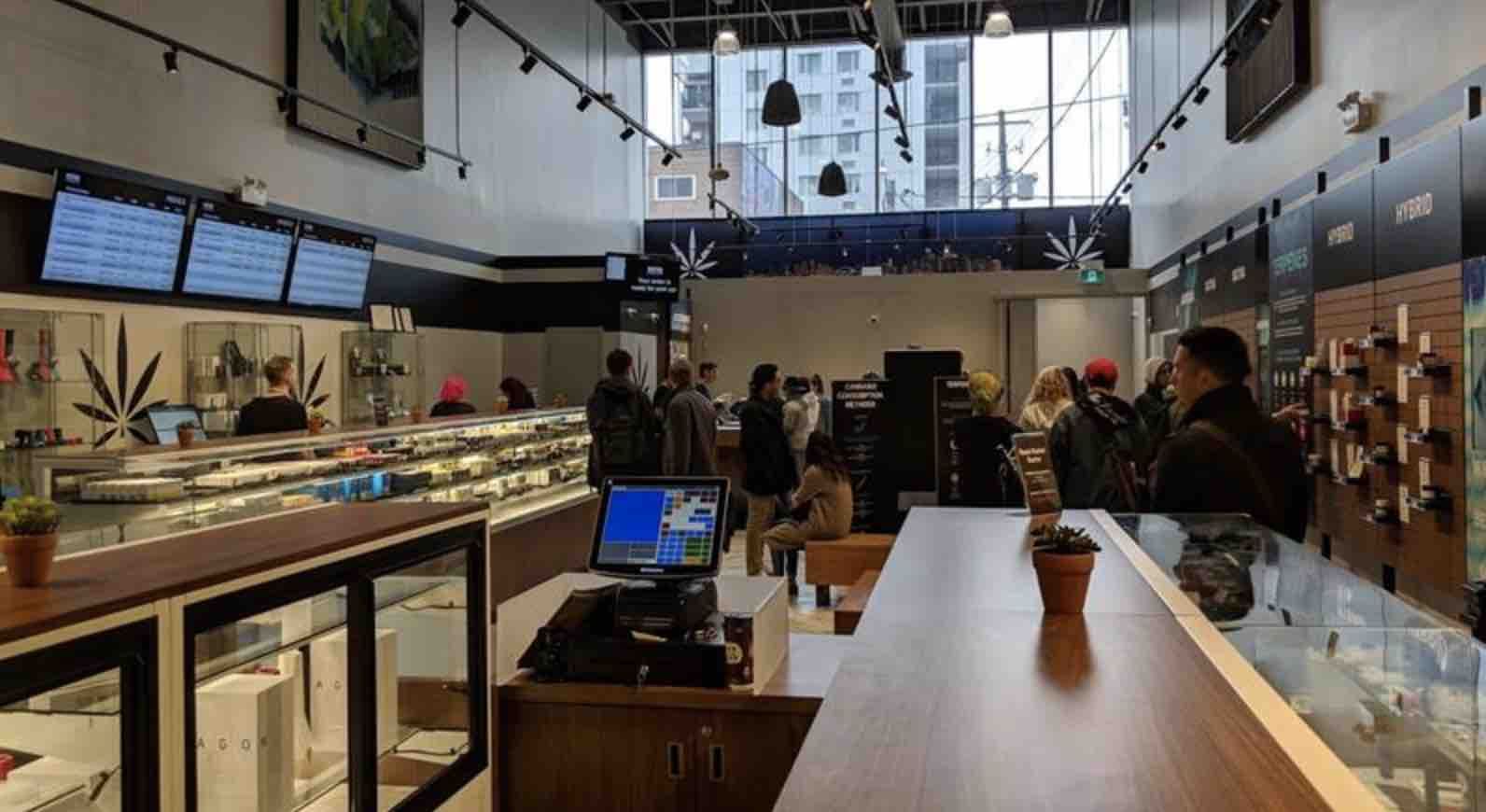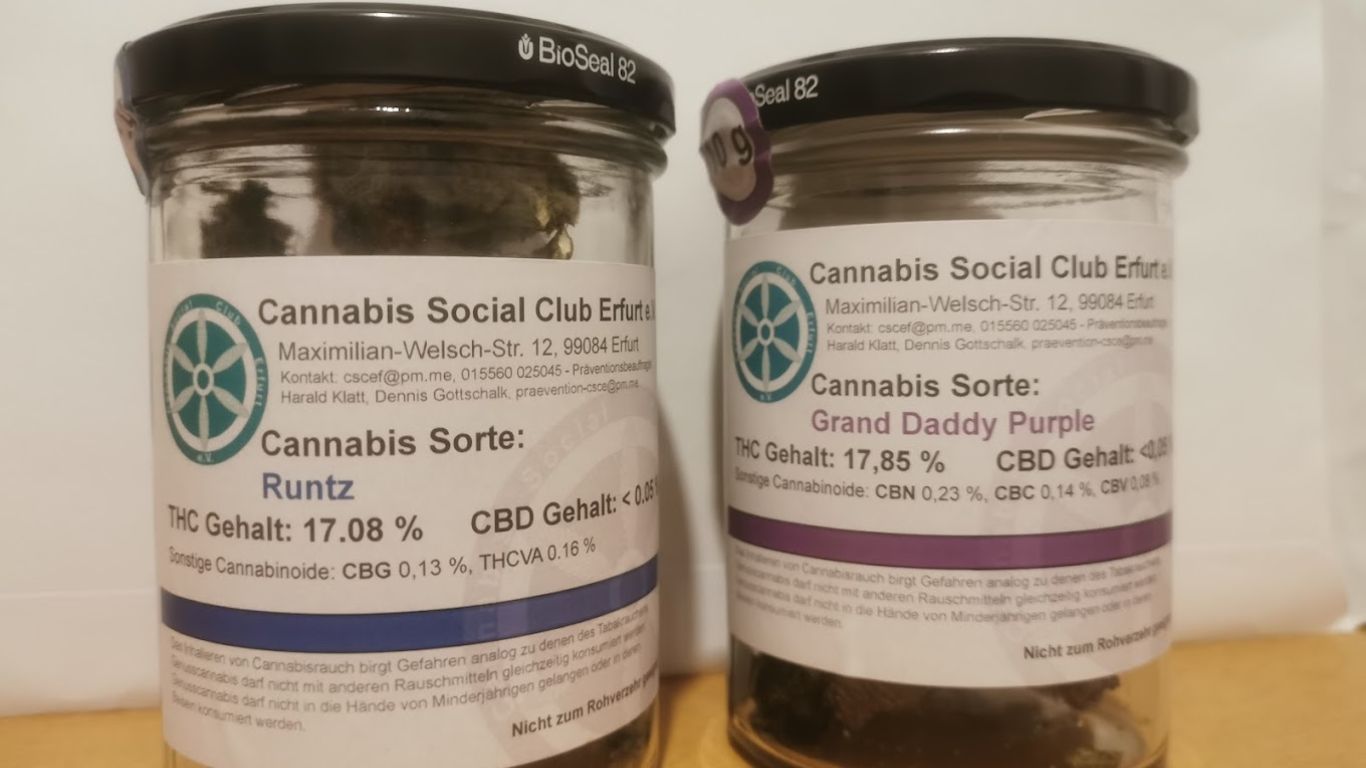
Canadians seem to be treating cannabis more responsibly since legalization, according to the newest cannabis survey from the Government of Canada.
For the past five years, Health Canada has undertaken their Canadian Cannabis Survey in order to track cannabis use and perceptions both before and after legalization.
Although still only three years into legalization, the newest figures paint a picture of more responsible attitudes towards cannabis in Canada, even as reported rates of use increase very slightly.
Note: The annual survey itself highlights that the way they do their polling may result in more pro-cannabis respondents than would be reflected in the general public. Respondents are recruited by mobile and landline telephones and, if they pass a screening test, are sent a link to an online survey. Nonetheless, the figures provide a baseline of data to gauge perceptions and use habits over time.
A few more Canadians admitting to using cannabis
The number of survey respondents who are willing to admit to cannabis use has gone up slightly over the past five years, from 22% in 2017 to 25% in 2021. These rates of increase are seen across three age groups, those 16-19, 20-25, and 25+, and are all well within the margin of error.
Age of Initiation
Although a few more Canadians appear to be consuming cannabis, the average age for a Canadian to be introduced to cannabis has increased since legalization. The 2017 survey showed the average age a Canadian would first be introduced to cannabis was 18.7 years. This number has slowly climbed to 20.4 years of age in 2021.
Habit forming
The number of survey respondents who think cannabis can be habit forming has increased from 77% in 2017 to 89% in 2021. Interestingly, the percentage of those who report using cannabis in the past 12 months has also increased, from 64% saying it can be habit forming in the 2017 survey to 93% in 2021.
New ways to use cannabis
The ways Canadians use cannabis is changing, as well. Although smoking cannabis still remains the most common mode of consumption, the use of vape pens and cannabis oils, edibles, and beverages, as well as inhalable/dabbable concentrates has increased, while smoking has declined.
In the 2017 Canadian Cannabis Survey, 94% of respondents who were consumers reported smoking, 34% reported eating cannabis “in food”, 20% reported using a vape pen and 14% a dry flower vaporizer.
In 2021, Smoking has declined to just 74% of consumers, while 54% now say they also “eat it in food”.
Twenty-eight percent (28%) now also report using a vape pen, 22% report using ingestible oils or capsules, 15% report drinking cannabis beverages, 10% report using a dried flower vaporizer, 9% report using topicals, and 6% report dabbing. (Many of these are new questions not tracked over all five years).
How do Canadians get cannabis?
How Canadians have acquired cannabis has obviously changed as well. While pre-legalization the only legal source for cannabis was through Health Canada’s medical channels, either purchasing from a licensed producer, growing your own, or having someone who grows it for you.
Since October 2018, though, an increasing number of regulated cannabis stores and online platforms exist to also provide access. In addition, illicit market sources continue to change and evolve.
In 2017’s cannabis survey, only 19% of those who reported using cannabis for medical purposes reported getting their cannabis through the then ACMPR medical system (now replaced by the Cannabis Act).
The most common sources for this medical cannabis were from a friend or family member (33%), a compassion club or dispensary (23%), or a “Dealer” (22%).
By 2019, the first full year of legalization, the top sources to obtain cannabis were from a legal storefront (24%), from a friend (22%), from a legal online source (13%), from an illegal storefront (7%), grown by or for them (6%), and from a “dealer” (6%).
More Canadians buying from legal sources
In 2020, those who reported sourcing cannabis from a legal storefront jumped to 71%, while 29% reported purchasing from a legal online source. Six percent (6%) said they grow their own cannabis.
The 2020 report also asked about sources of illicit cannabis, with 58% of respondents who reported using cannabis in the past 12 months saying they bought it from someone they knew. Another 22% said they got it from an illicit online store, 20% from a “dealer”, and 19% from an unlicensed store/dispensary.
By 2021, 81% of those respondents purchasing cannabis were getting at least some of their purchases from a legal storefront. Another 28% reported using a legal online source while 6% still report growing at home.
In 2020, of those respondents who reported sourcing their cannabis from illicit sources, 58% say they purchased it from someone they knew, 22% from an online store like an MoM, 20% from a “dealer”, and 19% from an illicit store/dispensary.
These numbers held more or less the same in 2021, except for sales at unlicensed stores dropping to 11%. It’s also worth noting that some consumers may believe an illicit storefront or even an online store they are purchasing from is legal, which could skew these numbers.
Driving
Attitudes about driving and using cannabis have changed over the past five years, too. Although there was considerable concern from law enforcement and some politicians that cannabis-impaired driving would increase with legalization, those reporting having done so have actually decreased.
In 2017, 39% of survey respondents who had used cannabis in the past 12 months had driven within two hours of using cannabis, with 40% of those saying they had done so in the past 30 days. By 2021 that had cut by nearly half, with just 21% reporting having driven within two hours of consuming cannabis, and only 35% reporting having done so in the past 30 days.











